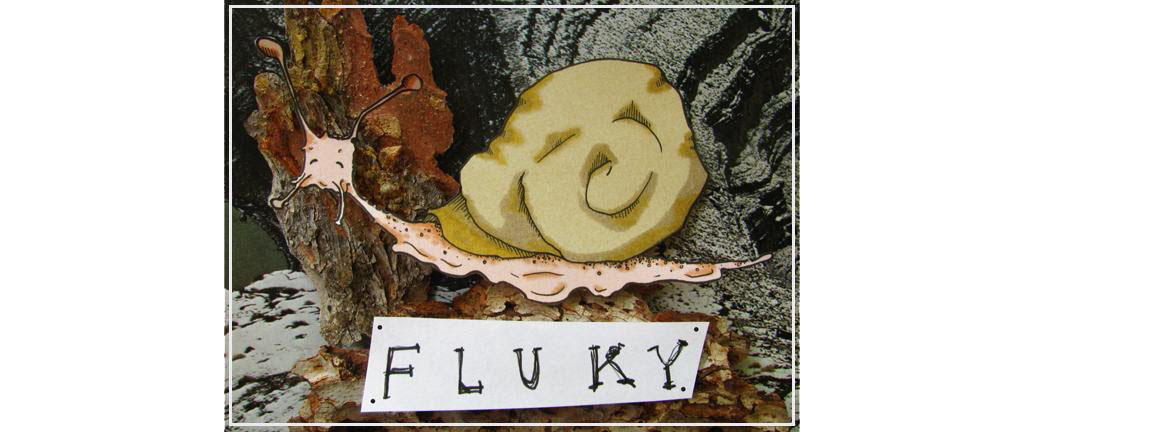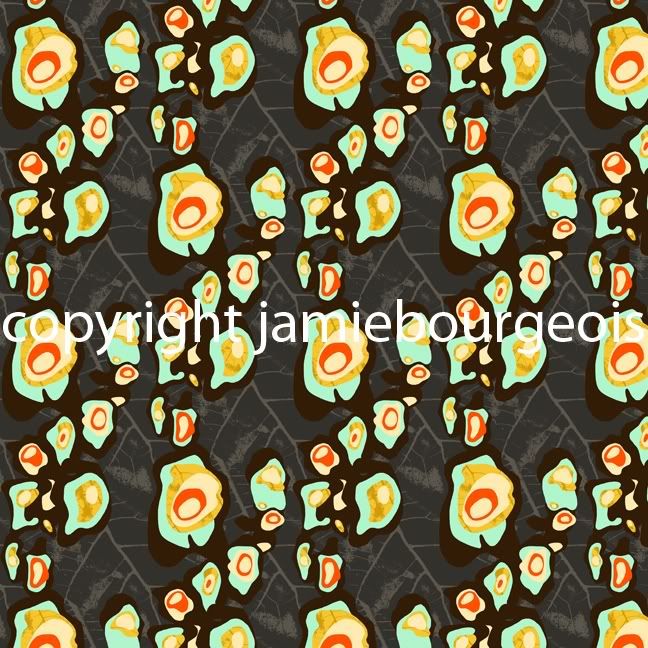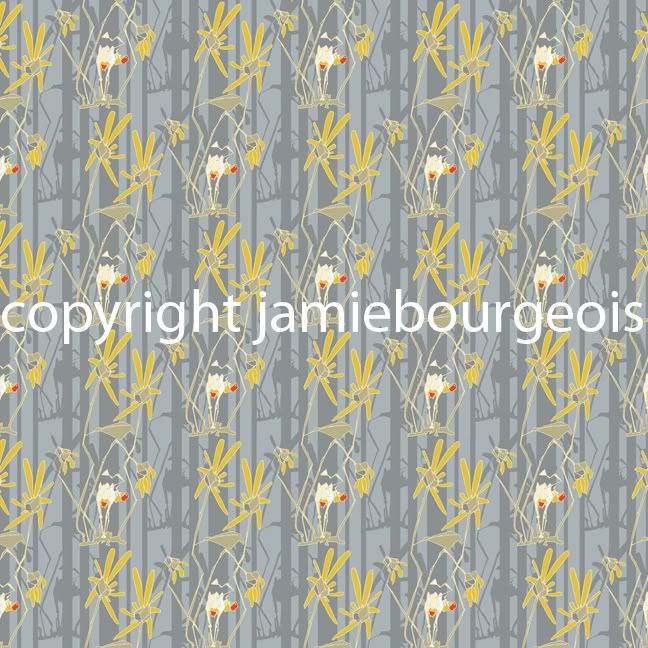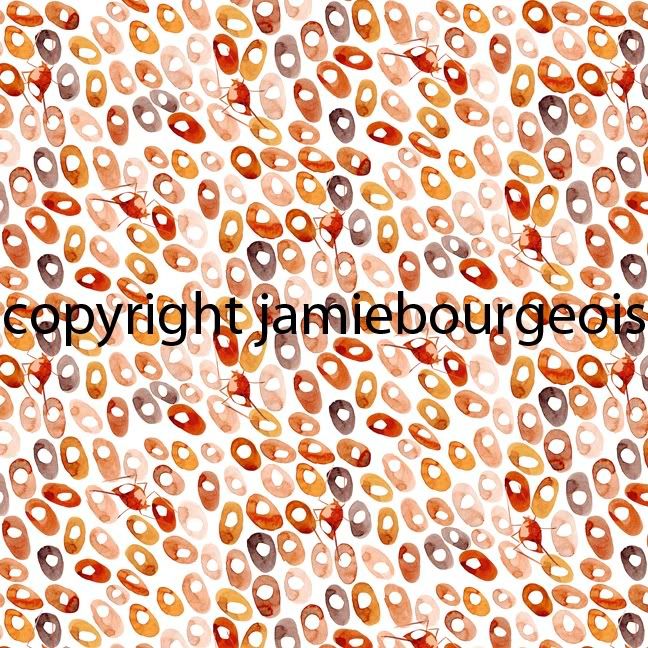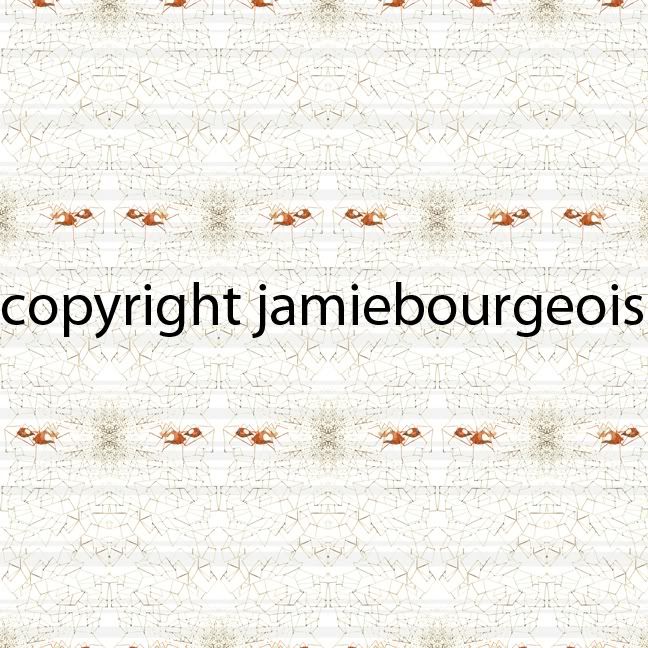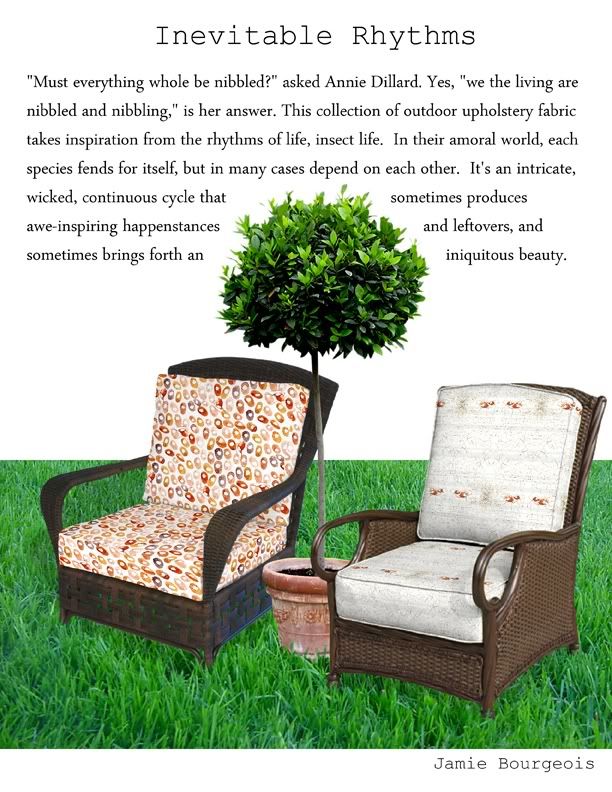
Hello out there! It's good to see you all the way from Canada. No, I'm not originally from Canada, I'm from Central Asia, but we'll get to how I got here later. First, I should introduce myself. Worldwide, I am known as Ikat, but my people call me a special name, they call me Abr. Abr means "cloud like" in Persian. This name describes me well, because once I am fully grown and constructed my epidermis is formed by various fuzzy or hazy edged shapes.
I should tell you a little bit about myself. I was born somewhere between 1880 and 1920, that's quite the year gap, but I guess they lost my birth certificate. Anyway, I'm a silk warp faced ikat of red, yellow, blue, white, green and black. I have a pattern of diamonds and other geometrical shapes and lines that run vertically. Originally the artisans who developed my patterns would chose motifs from the thousand year old artistic tradition of pomegranates, tulips, rams horns, and things like that, but later these motifs became more abstract, relying more on color effect; I think that's what happened to me. Red was a very important color to my people, it represented life-blood and vital energies (Harvey 59). After I was constructed, my people, the Uzbeks of Central Asia, made me into a chapan. A chapan is a type of coat, so that makes me wearable! My owner was male, although sometimes I'd see my cousins on females. I'm quilted with a cotton print lining. I often get company because I'm worn with other coats when my owner wants to show how wealthy he is. Years before I was born, my ancestor ikats were only worn by the ruling class; the sumptuary laws prohibited the lower class to wear us. But, by the time I was brought into the world, I was able to see my fellow ikats worn by anyone who could afford us. We were considered luxury goods, status markers, tribal indicators, commodities, and often used for bride dowries. Many women wore us for ceremonial reasons, such as birth, circumcision of son, family feasts, holidays, and as a covering for the family who bought her in marriage (Gibbon). Still, even more of my cousins became wall coverings and decorations. I'm not exactly sure where we all came from. I heard once that we're all from somewhere in East Asia. Our oldest ancestor was found in Nara, Japan and was probably made in China.
Now's the time I should explain my conception and birthing process, so let's get started. Like I said, I am Ikat. Some might argue that my initial conception started with sericulture and the harvesting and spinning of my silk warps and wefts, so I'll start there. Silk, as we all know, started in China, but after a few hundred years the secret got out, and my people in Central Asia got wind of it. So, my little creator, the Bombyx mori egg, was delivered to a home in Uzbekistan, where the lady of the house put him and his brothers and sisters into a pouch and tucked them under her breasts for warmth and incubation (Harvey 57)! Once hatched they formed into caterpillars and spun a silk cocoon. The male Uzbeks reeled the silk out of the coccoon, but it was the job of the women to spin the silk into yarn. Here's where the process of my uniqueness begins! The yarn that was used for my warp was wound with crosses, and then divided into livits. I was then tied off so that I wouldn't get tangled, and was brought to the nishonzan, who applied dots of charcoal ink on my warp bundles to indicate the patterns of where and where not to dye me. The process of constructing ikat patterns were sometimes inspired by the old tradition of the soothsayer who would pour a drop of oil on the surface of a bowl of water and watch the spread of the oil to tell the families omens in the patters, and thus you have the ikat pattern; or like I mentioned earlier, they relied on traditional motifs and abstractions of those (Harvey 41). So, once marked, the parts of me that weren't supposed to be dyed by a particular dye bath were bound tightly to resist the dye. Finally I'm taken to the ranguborchi who dyes me for the first time! Like most of my cousins, I was dyed a pale yellow first. Next, I was washed and dried so that the color would set, and then re-bound and dyed the next to darkest color (Harvey, 94).
It was so long ago, that I can't remember if I was dyed with natural dyes or synthetics. See, around that time, synthetic dyes started to immerge and be utilized, but because I am faded now, and from the contrast of the reds on the printed lining of my chapan, I'm going to say that I was dyed with natural dyes. I do, however, remember that I was dyed in a dye workshop. The dye master had about four helpers there that day, all relatives of the master of the workshop, and they were all working on my cousins and I. The red in me was from madder root; the pale yellow that I mentioned before was from the tiny flowers of a Senecio plant that was collected in the spring and dried and ground; the black is from pomegranate peel boiled with iron filling, and the blue is from indigo.
Finally we have come to the where the magic happens, the weaving! This is where I come into my maturity and fullness. This is where my vibrant colors and patterns come to life! I remember this process not being as complicated as the dyeing. I was transferred to a new workshop where I was woven on a horizontal warp-weighted loom with shafts and treadles. The ishtibar is the person who supervised my weaving. Once all set up on the loom, my weaver, another man, wove me in a simple tabby weave with a white cotton weft. My people call my type of ikat weave adras. Because I'm warp faced, which means that none of the weft used is visible, you cannot see the cotton I was constructed with, but only the warp which brings out my beautiful patterns. Once off the loom I became formed into a chapan, like I mentioned earlier. A woman cut me into pieces with a knife, not scissors like they do now, and hand sewed me together (Gibbon). She didn't worry about aligning my patterns; in fact, she considered it to heighten the visual buzz (Glueck).
So that's how I came into this world and fortunately am still in it over one hundred years later! You're probably wondering how I'm still here. This is going to take some explanation of my people and the area where I spent my utilized life. I mentioned earlier that I'm from Central Asia; more specifically, southern Uzbekistan. That whole area was sort of a melting pot of cultures because of the trade route and all of the nomadic tribes roaming around from place to place. The Russians were also there too at the time, they took over for a bit. My owner was a wealthy merchant. He wore me in the winter months much more than in the summer months. It was a nice time; I always had a few cousins to share his body with. When my owner died, I was left out of the burial. That's when I started my rambling journey to different hands; I even ended up in Russia for a while. Eventually I was picked up by a nice man who took me to where I am now, Canada. My home is now a case in the Opekar / Webster Collection at the Textile Museum of Canada. It gets sort of lonely here, but thankfully I have all of those wild memories to keep me company. Plus, a few drawers down is a lovely khalat, a women's overcoat, from my same region, and I think she likes me.
Bibliography
Dubov, Igor. Music for the Eyes. Belgium: Responsible Publisher, 1997.
Gelder, Lydia Van. Ikat. New York: Watson-Guptill Publications. 1980.
Gibbon, Kate Fitz. "Ikat: Costume in Central Asia." Ornament 21 (1998): 56-60.
Glueck, Grace. "From Central Asia, Exotic Textiles as Trophy Clothes." New York Times, March 5, 1999.
Harvey, Janet. Traditional Textiles of Central Asia. New York: Thames and Hudson, 1996.
